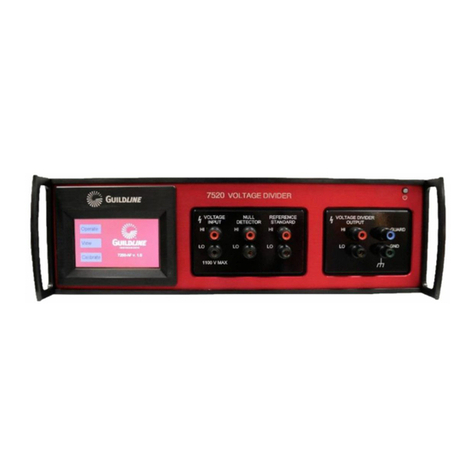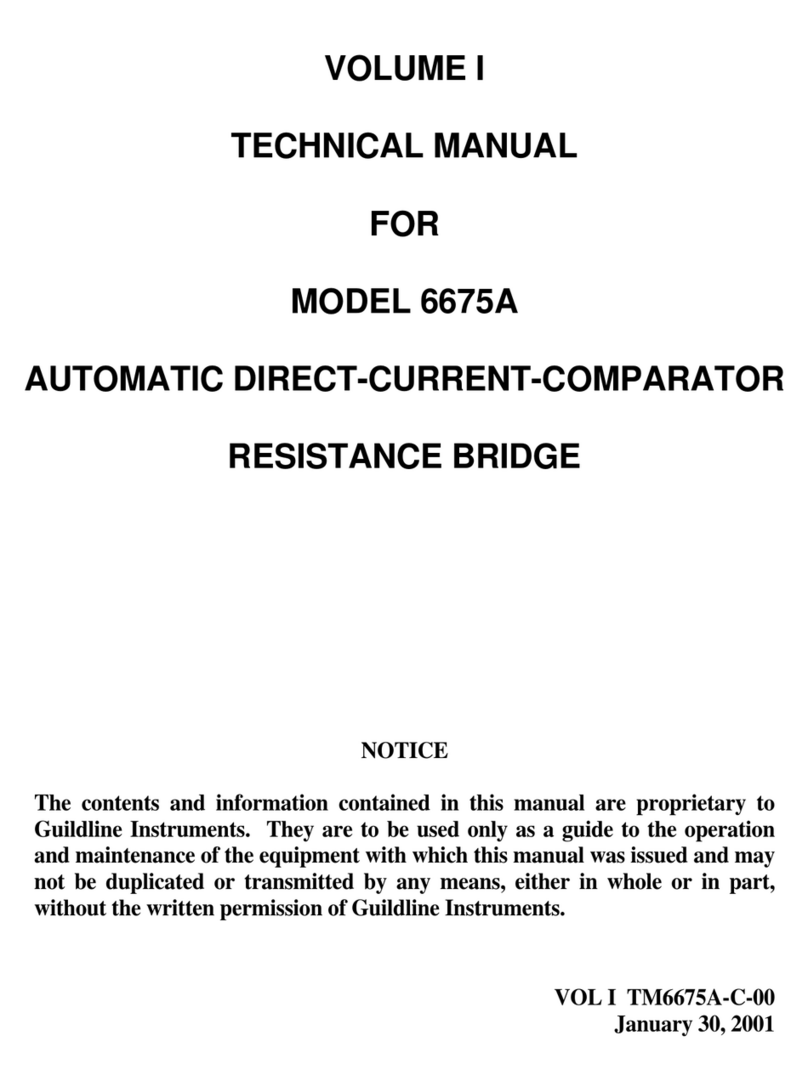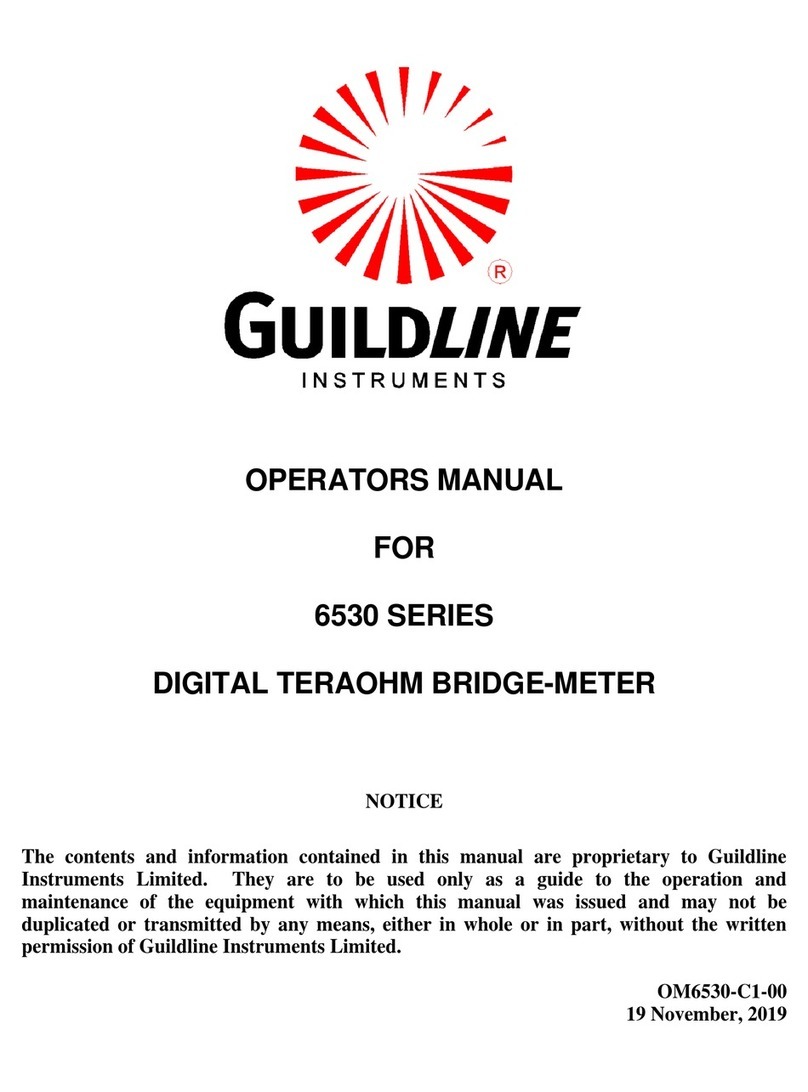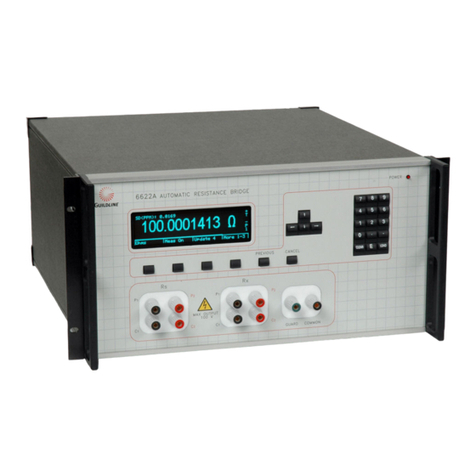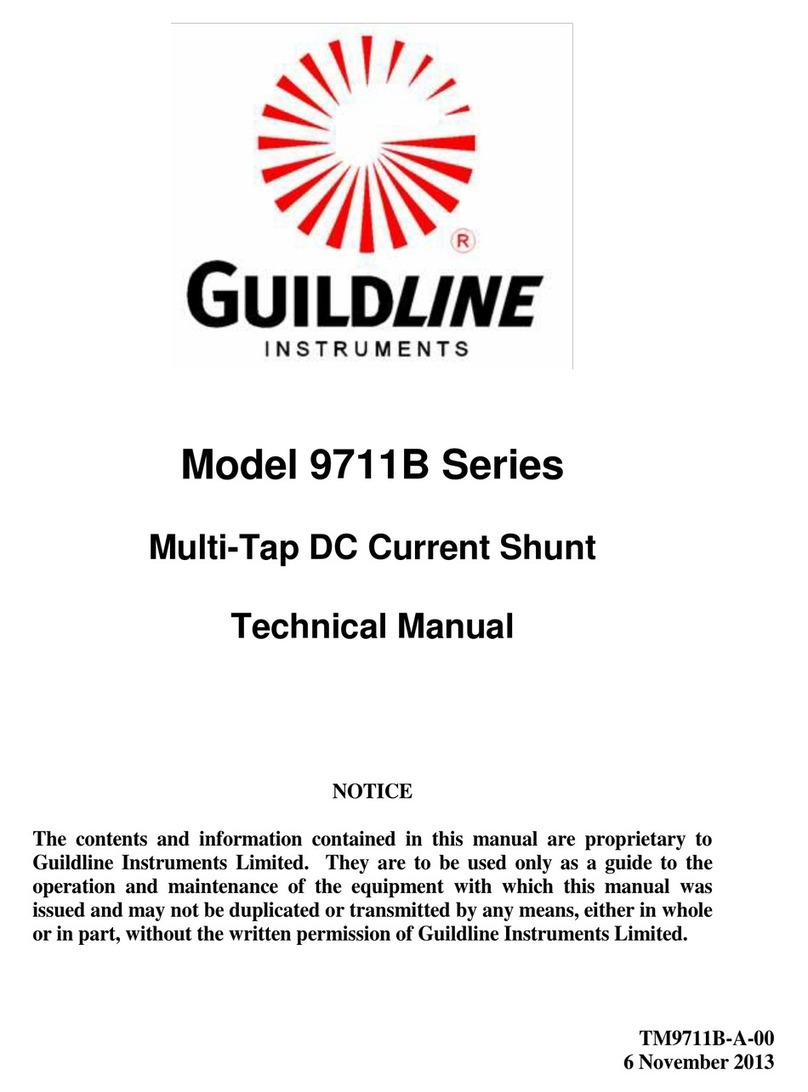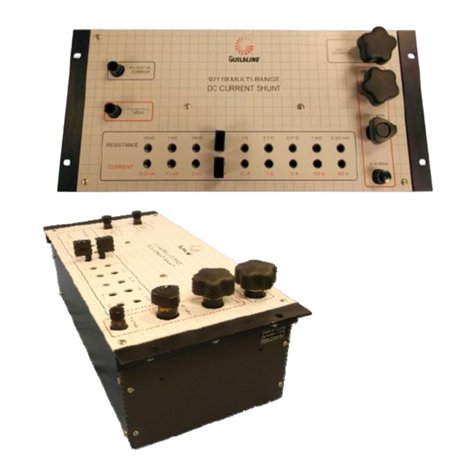TABLE OF CONTENTS
1. INTRODUCTION...................................................................................................1-1
1.1. SCOPE................................................................................................................................................... 1-1
1.2. GENERAL DESCRIPTION................................................................................................................ 1-1
1.2.1. Resistance Ranges...............................................................................................................................1-1
1.2.2. Standard Model Configurations..........................................................................................................1-1
1.3. FRONT PANEL INDICATORS AND CONTROLS......................................................................... 1-2
1.3.1. Power..................................................................................................................................................1-2
1.3.2. Heater..................................................................................................................................................1-2
1.3.3. Over Temperature...............................................................................................................................1-2
1.3.4. PRT.....................................................................................................................................................1-2
1.4. REAR PANEL CONNECTORS AND CONTROLS......................................................................... 1-3
1.4.1. Line Input Connector..........................................................................................................................1-3
1.4.2. Resistor Terminals..............................................................................................................................1-3
1.4.3. Guard Terminal...................................................................................................................................1-3
1.4.4. Chassis Ground Terminal....................................................................................................................1-4
2. SPECIFICATIONS................................................................................................2-1
2.1. GENERAL SPECIFICATIONS.......................................................................................................... 2-1
2.2. RESISTANCE SPECIFICATION ...................................................................................................... 2-2
3. OPERATING INSTRUCTIONS.............................................................................3-1
3.1. INSTALLATION.................................................................................................................................. 3-1
3.2. OPERATING NOTES.......................................................................................................................... 3-1
3.2.1. Connection to Standard Resistors .......................................................................................................3-1
3.2.2. Monitoring of the Internal Temperature..............................................................................................3-1
4. MAINTENANCE....................................................................................................4-1
4.1. PREVENTIVE MAINTENANCE....................................................................................................... 4-1
4.1.1. Cleaning..............................................................................................................................................4-1
4.1.2. Temperature........................................................................................................................................4-1
4.1.3. Resistor Stability.................................................................................................................................4-1
4.2. CERTIFICATION OF RESISTANCES............................................................................................. 4-1
4.3. CORRECTIVE MAINTENANCE...................................................................................................... 4-1
4.3.1. Preliminary Checks.............................................................................................................................4-1
4.3.2. Temperature Control...........................................................................................................................4-2
4.3.3. Over Temperature...............................................................................................................................4-4
